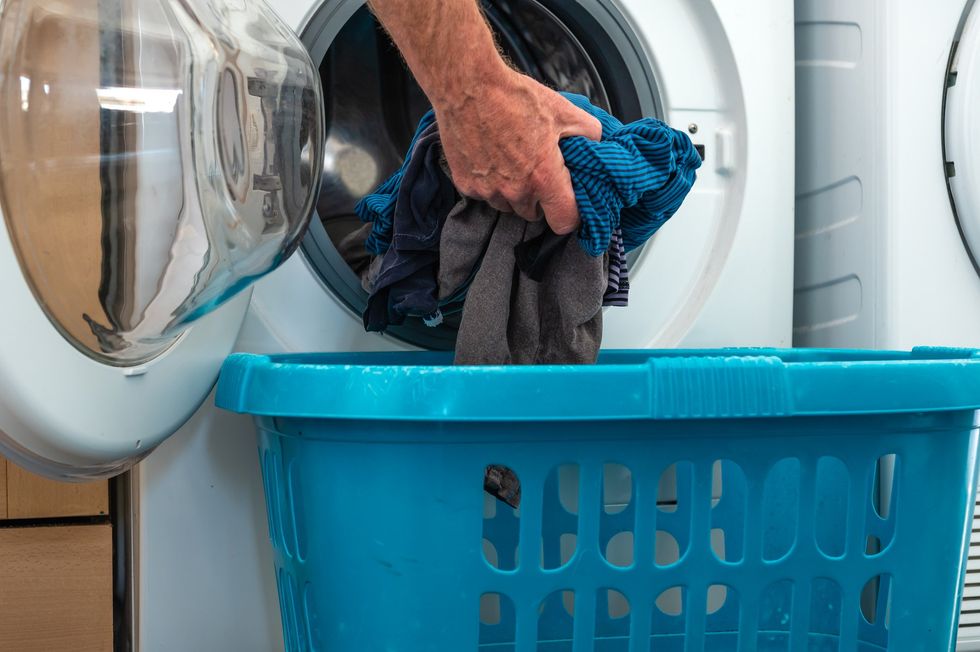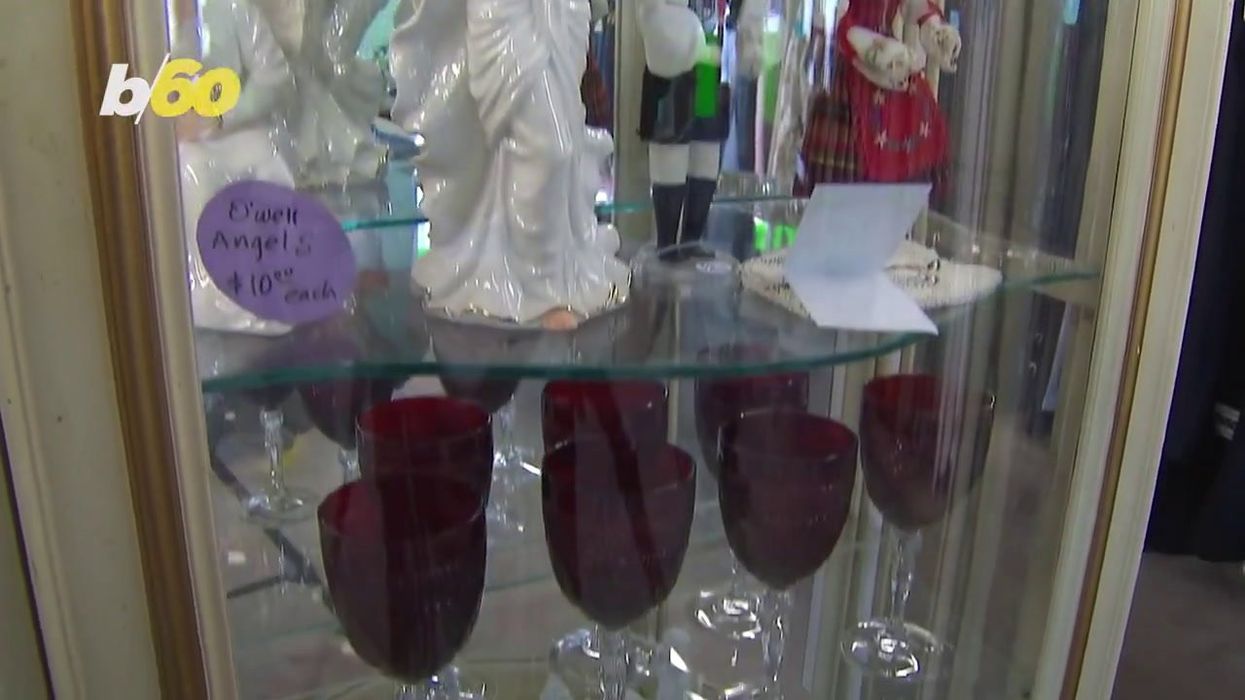Sinead Butler
Nov 18, 2024
Vintage Shopping Tips for Thrifting Pros
ZMG - Buzz60 / VideoElephant
Over the years there has been a rising trend in people shopping for secondhand and vintageclothing as an affordable and environmentally friendly alternative to buying brand new clothes.
And who doesn't love discovering a good find that's a bargain?
However, an expert has warned that we must properly disinfect our second-hand bargains before wearing them as the old clothing can harbour infectious diseases.
All of us are covered in bacteria, fungi and viruses in what is called the skin microbiome and so when we wear clothes these microbes will also be in close contact with the material.
Some of these microbes include Staphylococcus (a bacteria which causes staph infections), Streptococcus (a bacteria responsible for strep A), along with fungi such as Candida (the type of yeast that causes thrush) as well as viruses such as the Human papillomavirus (which causes HPV).
Individually, every person's skin microbiome is uniquely different and so something that is harmless to us may cause a higher risk of disease in another person.
So given how close our skin microbiome is to our clothes, they can carry disease-causing pathogens - which is especially important to remember with second-hand clothes given that someone else will have already worn the clothes before you and left remnants of their unique skin microbiome if the clothing has been properly cleaned.

According to research, infectious pathogens that have been discovered on clothes include germs such as Staphylococcus aureus (which causes skin and blood infections), bacteria such as Salmonella, E coli, norovirus and rotavirus (which can cause fever, vomiting and diarrhoea) and the fungi that can cause athlete’s foot and ringworm.
Additionally, parasites which can cause skin infections (such as dermatitis and scabies) have also been found on secondhand clothing.
As we live in our clothes, it's only natural for us to sweat and produce oils and that's what our skin's microbes live on (amino acids in our sweat and sebaceous oil from hair follicles and the proteins of skin cells, to be exact) which can easily transfer onto our clothes.
Not to mention all the other potential germs we come into contact with in our day-to-day lives such as sitting on public seats, food debris etc.
Some of the most contaminated areas will be parts of the body that get moist such as armpits, feet and genital areas which also have the highest amount of microbes and fabric in those areas will be the most contaminated.
If the clothes are kept a room temperature, their pathogenic germs can survive for months on end - in particular up to 90 days on cotton or mixed-fibre clothes and up to 200 days on polyester fabrics, while higher air humidity allows bacterial species to survive better in fabrics.
To avoid germs from growing, clothes must be stored in a dry environment - but how should we wash our second-hand clothes?
The importance of washing second-hand clothes shouldn't be understated, one study found that washing secondhand clothing contaminated with the scabies parasite eliminated all of the parasites.

Plus, we don't know for sure if someone has washed them before selling them, and it is best practice to wash second-hand clothes as well as any brand-new clothes we purchase too.
Second-hand clothes should be with detergent at a temperature of around 60°C, says Primrose Freestone, a senior lecturer in Clinical Microbiology, University of Leicester in The Conversation.
This is because it will clean the dirt as well as remove germs and inactivate pathogens from the clothes.
A high-temperature wash will remove the germs much better than cold water but for delicate pieces of clothing that cannot handle a hot wash, laundry disinfectant should be use to kill the germs.
To avoid any cross contamination with other clothes in your wardrobe, it's important to wash you second-hand clothes separately at first.
Other recommendations include soaking the secondhand clothing in a separate bowl of hand-hot (not boiling) water with antibacterial laundry detergent for two to three hours followed by a regular machine wash to eliminate any pathogens.
A hot tumble dryer or a steam iron treatment will also get rid of any last germs (again, around 60°C).
How to join the indy100's free WhatsApp channel
Sign up to our free indy100 weekly newsletter
Have your say in our news democracy. Click the upvote icon at the top of the page to help raise this article through the indy100 rankings.
Top 100
The Conversation (0)














